Agricultural Applications
The agricultural sector is increasingly adopting galvanized steel wire for various applications, including fencing, trellising, and supporting crops. The Galvanized Steel Wire Market Industry is likely to see a surge in demand as farmers seek durable materials that can withstand harsh environmental conditions. The use of galvanized steel wire in agriculture not only enhances productivity but also ensures the longevity of installations. Recent statistics indicate that the agricultural sector is expected to grow steadily, with an increasing focus on sustainable practices. This trend suggests that the Galvanized Steel Wire Market Industry will continue to thrive as agricultural practices evolve and the need for reliable materials becomes more pronounced.
Growing Focus on Renewable Energy
The renewable energy sector is becoming a significant driver for the Galvanized Steel Wire Market Industry, particularly in the construction of wind and solar energy facilities. Galvanized steel wire is utilized in various applications, including the installation of solar panels and wind turbines, due to its strength and resistance to corrosion. As the world shifts towards sustainable energy solutions, the demand for galvanized steel wire is expected to rise. Recent projections indicate that investments in renewable energy infrastructure could reach trillions of dollars in the coming years. This influx of capital is likely to create substantial opportunities for the Galvanized Steel Wire Market Industry, as manufacturers seek to meet the growing needs of this sector.
Rising Demand from Construction Sector
The construction sector is a primary driver for the Galvanized Steel Wire Market Industry, as it utilizes galvanized steel wire for various applications, including reinforcement and fencing. The increasing urbanization and infrastructure projects are likely to boost the demand for galvanized steel wire. According to recent data, the construction industry is projected to grow at a compound annual growth rate of approximately 5.5% over the next few years. This growth is expected to translate into a heightened need for durable and corrosion-resistant materials, such as galvanized steel wire, which is favored for its longevity and strength. As construction activities expand, the Galvanized Steel Wire Market Industry is poised to benefit significantly from this trend.
Technological Innovations in Manufacturing
Technological advancements in the manufacturing processes of galvanized steel wire are likely to drive the Galvanized Steel Wire Market Industry forward. Innovations such as improved galvanization techniques and automated production lines are enhancing the quality and efficiency of galvanized steel wire production. These advancements not only reduce production costs but also improve the performance characteristics of the wire, making it more appealing to various industries. As manufacturers adopt these technologies, the Galvanized Steel Wire Market Industry is expected to benefit from increased production capacity and enhanced product offerings. This evolution in manufacturing could potentially lead to a more competitive market landscape, further stimulating growth.
Increased Focus on Infrastructure Resilience
The emphasis on building resilient infrastructure is a crucial driver for the Galvanized Steel Wire Market Industry. Governments and organizations are increasingly prioritizing the development of infrastructure that can withstand extreme weather events and other challenges. Galvanized steel wire is favored for its durability and resistance to corrosion, making it an ideal choice for reinforcing structures. Recent initiatives indicate that infrastructure spending is expected to rise significantly, with many countries investing heavily in modernization projects. This trend suggests that the Galvanized Steel Wire Market Industry will experience heightened demand as stakeholders seek reliable materials to enhance the resilience of their infrastructure.


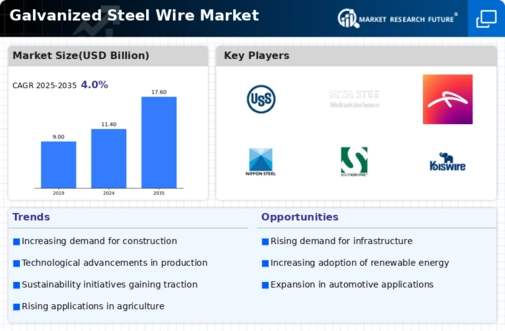
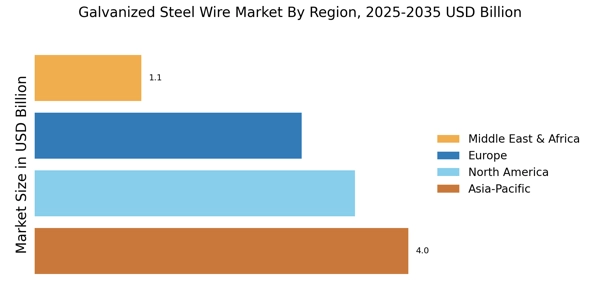

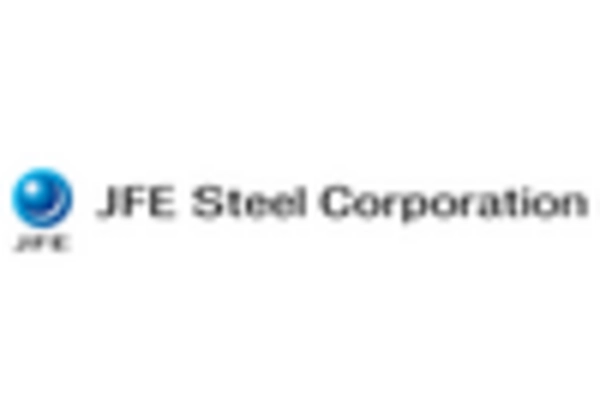
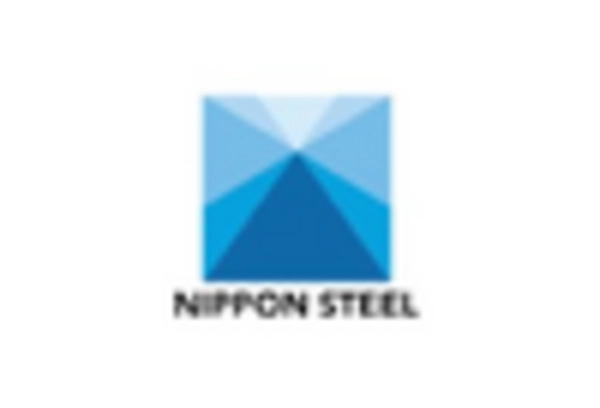
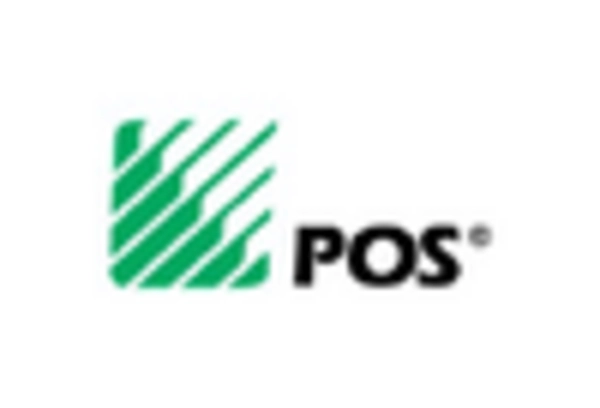










Leave a Comment